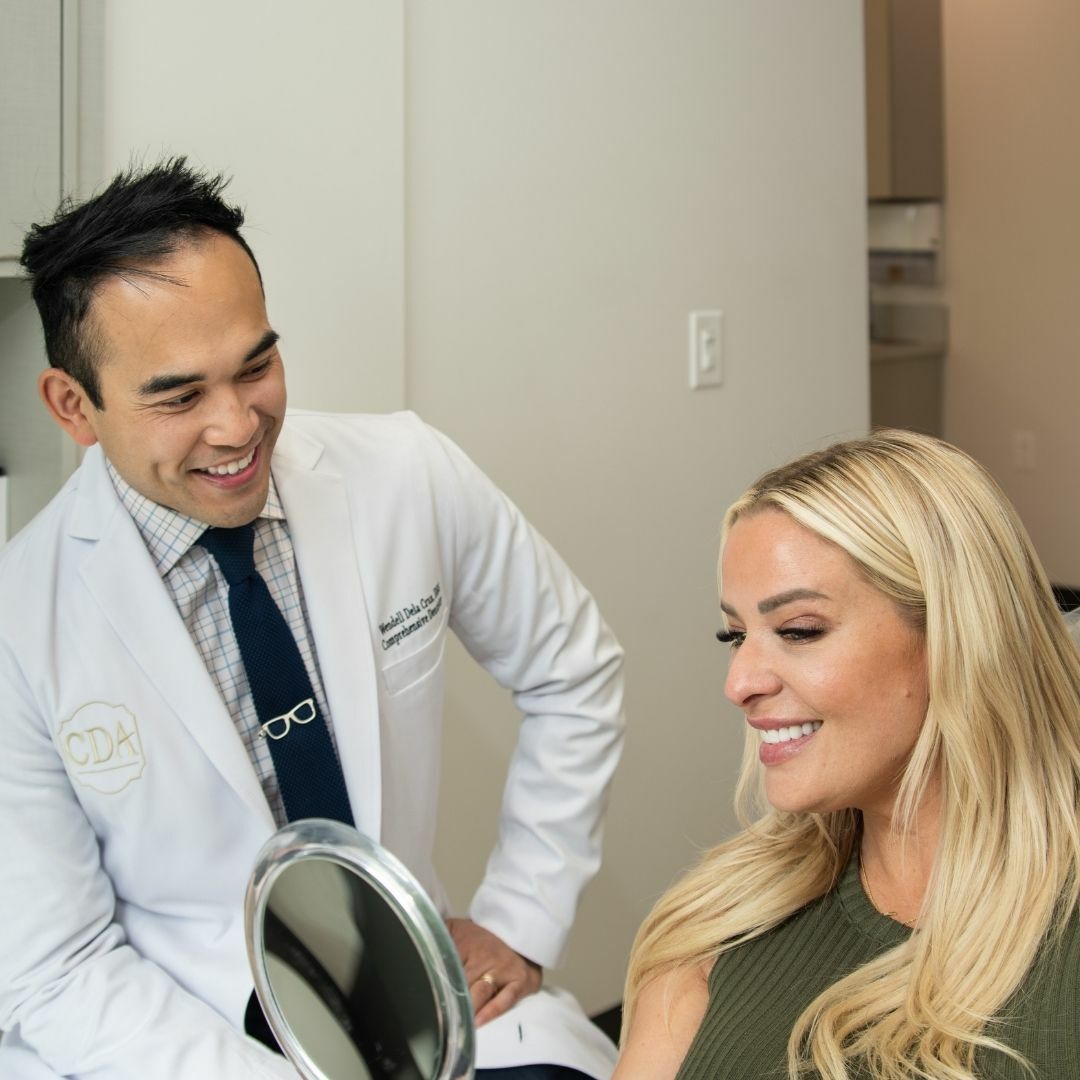Do you have any oral hygiene-related questions? Schedule a consultation.
Someone once said, “Your smile is your logo,” and rightfully so. Your smile is the first thing people will notice, so it only makes sense that you’d want to take good care of it.
The good news is keeping your smile healthy, and bright isn’t a matter of magic; it’s a matter of adopting the best oral hygiene practices. In this article, we highlight one of the most effective practices that can help keep your teeth and gums healthy: Flossing.
Why Is Flossing So Important?
Your tooth has five sides, but brushing can only clean three of them. The unattended two sides form a space where food is trapped. This stuck food forms a perfect home for destructive oral bacteria, such as streptococcus mutans and lactobacilli.
With flossing, you can access these tiny spaces and get rid of 80% of the gunk and plaque. This will, in turn, reward you with a healthy and bright smile that will make you feel confident every time you show up at meetings, dates, or parties.
If you do not floss, these bacteria will take a toll on your gum, leading to dental issues such as bleeding, receding, or gingivitis. Even worse, these bacteria could find their way into your bloodstream and result in life-ending health conditions.
How to Floss Properly
Improper flossing can put the health of your mouth, teeth, and gums at risk. Don’t fret about what you may be doing wrong when flossing. Here is a step-by-step guide to flossing properly.
- Step 1: Cut off 18 to 24 inches of floss and wind it around your middle fingers. Be sure to leave a gap of about 2 inches for your teeth.
- Step 2: Using index fingers and thumbs, hold the floss tightly and position it into the gap between your teeth.
- Step 3: Gently make a rubbing motion against each tooth and avoid flossing your gum to prevent cuts or bruises.
- Step 4: When you reach the base of your tooth, be sure to form a letter C with your floss and guide it gently in between your tooth and gum.
- Step 5: Repeat the above steps on the next gap with a new piece of floss.
Dentists recommend that you floss at the end of each day for an overall healthy mouth.
“Why Do I Have Pain When I Floss?”
Sometimes, flossing can be uncomfortable, especially if it is a new addition to your oral care routine. This is because your gum may not be used to the rubbing, but it will eventually toughen up. You may also feel pain due to prevailing gum disease, gum sensitivity, or tooth decay.
To minimize the pain, be sure to floss consistently and avoid snapping the floss or using excessive force. You will master the right technique with time, and your mouth will develop much-needed tolerance. But if you have a dental issue, a visit to a dentist will set you straight.
Have Any Dental-Related Concerns?
Do you have any oral hygiene-related questions? Or maybe you’re looking for a dentist to help you stay on the path to a lifelong and healthy smile? Consultants in Dental Aesthetics is here for you. Schedule your appointment or call at (281) 370-8786.
Come for the care, stay for the experience. Schedule your next visit today!



